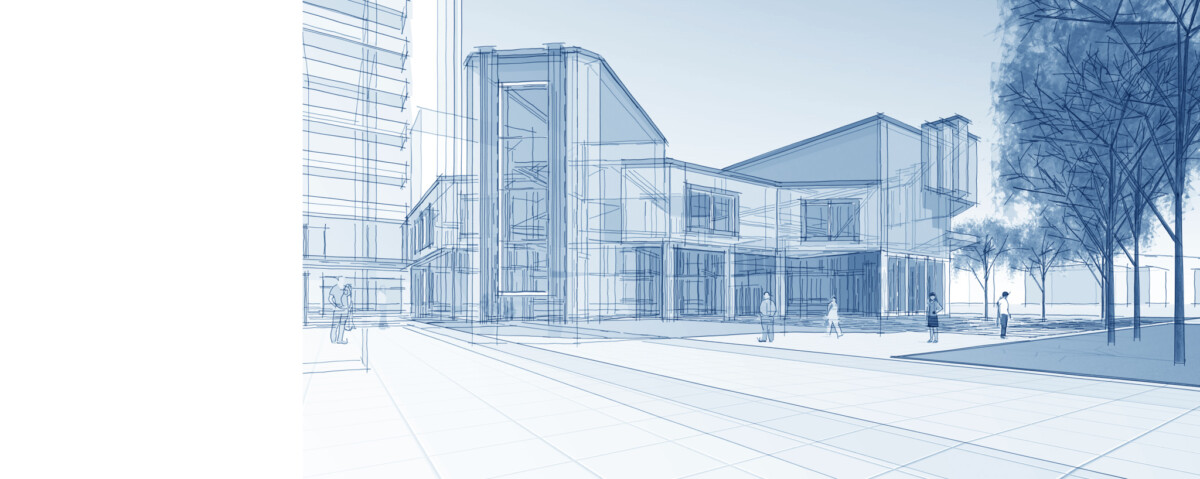Finding the perfect neighborhood for your family is one of the most important decisions you’ll make. The right environment can shape your children’s upbringing, support your lifestyle, and foster long-term happiness and stability. A family-friendly neighborhood is more than just quiet streets and nearby schools — it’s a place that provides safety, convenience, and a true sense of community.
In this guide, we’ll explore what makes a neighborhood family-friendly, the features to look for, and some of the top family-oriented communities that provide the ideal balance between comfort, accessibility, and opportunity.
1. What Makes a Neighborhood Family-Friendly?
Before diving into specific areas, it’s essential to understand the qualities that define a great family neighborhood. Each family’s priorities are different, but the following features are commonly sought after when raising children or building a family lifestyle:
Safety
Safety is always the number one concern for families. Look for neighborhoods with low crime rates, strong community watch programs, and well-lit streets. Many family-friendly areas also feature pedestrian-friendly pathways and safe crossings for children walking or biking to school.
Quality Schools
Access to top-rated public and private schools is another essential factor. Families often base their home-buying decisions around school districts known for strong academics, extracurricular opportunities, and supportive learning environments.
Community Engagement
A great family neighborhood fosters connections. Communities with regular events — like farmers’ markets, outdoor movie nights, and holiday parades — help neighbors build relationships and encourage children to socialize safely.
Parks and Recreation
Green spaces, walking trails, and local recreation centers are must-haves. These provide places for kids to play, families to exercise, and everyone to enjoy outdoor time without having to travel far.
Convenience and Accessibility
Proximity to grocery stores, healthcare facilities, and family services, such as daycare centers and libraries, makes day-to-day life smoother. The best family neighborhoods often strike a balance between suburban peace and urban convenience.
2. How to Identify the Right Fit for Your Family
Finding the perfect family-friendly neighborhood involves striking a balance between lifestyle needs and long-term goals. Here’s how to evaluate options effectively:
a. Research School Districts
School performance data is available online through local education boards and real estate platforms. Consider academic ratings, extracurricular offerings, and teacher-to-student ratios.
b. Visit the Area at Different Times
A neighborhood’s vibe can change throughout the day. Visit in the morning, afternoon, and evening to observe traffic patterns, noise levels, and general safety.
c. Talk to Local Residents
Locals often provide valuable insights that go beyond what data can reveal. Ask about neighborhood traditions, community support, and how well families feel connected.
d. Review Future Development Plans
Look into city or county planning documents to see what’s coming to the area. New developments can increase property values, but they can also impact traffic and density.
e. Evaluate Housing Affordability
While it’s tempting to focus solely on amenities, budget plays a huge role. A neighborhood that fits your family’s financial comfort zone will bring more peace of mind over time.
3. Top Features of the Best Family Neighborhoods
Below are the most common traits found in communities consistently ranked as family-friendly across the U.S.:
- Safe, walkable streets with sidewalks and crosswalks
- Access to highly rated schools and daycare options
- Public parks, sports fields, and community centers
- Neighborhood associations or parent groups
- Strong sense of inclusion and diversity
- Reliable public transportation or short commutes
- Clean public spaces and well-maintained homes
- Availability of kid-friendly restaurants and entertainment options
These characteristics create environments where both children and parents can thrive, connect, and grow together.
4. Popular Family-Friendly Neighborhood Examples
While the “best” neighborhoods vary by region, the following examples highlight areas known nationwide for their family appeal. Use them as benchmarks when comparing options in your local area.
a. Naperville, Illinois
Regularly ranked among America’s top family cities, Naperville offers award-winning schools, a charming downtown, and dozens of parks and trails. It’s known for its strong sense of safety and a wide range of family events year-round.
b. Bellevue, Washington
With excellent public schools, access to nature, and close proximity to Seattle’s job market, Bellevue strikes an ideal balance between suburban living and big-city convenience. The city invests heavily in family recreation and cultural programs.
c. Plano, Texas
Plano offers large homes, great schools, and a thriving community environment. Families appreciate its abundance of playgrounds, youth sports leagues, and strong safety reputation.
d. Carmel, Indiana
Carmel is a model of suburban planning with roundabouts, bike paths, and high-quality schools. It’s known for community inclusivity and a wide variety of family-oriented festivals and activities.
e. Cary, North Carolina
Cary provides excellent public education, beautiful parks, and an affordable cost of living compared to many other major metro areas. It’s also praised for its cleanliness and small-town charm.
5. Tips for Making the Most of Your New Family Neighborhood
Once you’ve chosen the right community, it’s time to make it feel like home. Here are some tips to settle in and connect with your new surroundings:
- Join Local Events: Attend farmers’ markets, library readings, or neighborhood cleanups to meet people and get involved.
- Get Kids Involved in Activities: Enroll your children in local sports leagues, art classes, or community programs to help them make friends quickly.
- Support Local Businesses: Frequent nearby cafes, stores, and restaurants to contribute to the local economy and strengthen neighborhood ties.
- Engage in School Life: Join PTA meetings, volunteer for school functions, and build relationships with other parents and teachers.
- Stay Connected Online: Many neighborhoods have Facebook groups or community forums where residents share updates and resources.
6. Why Choosing the Right Neighborhood Matters
The neighborhood you choose directly affects your family’s quality of life. Beyond financial investment, it shapes your children’s memories, friendships, and education. Family-friendly neighborhoods nurture personal growth, safety, and community support — values that extend far beyond your property line.
Children raised in such environments often benefit from stronger social networks, better educational outcomes, and a deeper appreciation for community involvement. Meanwhile, parents gain peace of mind knowing their loved ones are growing up in a positive and stable setting.
Conclusion
The best family-friendly neighborhoods share a common thread: they’re places where families feel connected, supported, and inspired to build a future together. Whether you prioritize schools, parks, or safety, the key is finding a community that aligns with your family’s unique lifestyle and values.
When you invest time in finding the right neighborhood, you’re doing more than just choosing where to live — you’re shaping the foundation for your family’s happiness and growth for years to come.
Thank you for reading! If you enjoyed this article and want to explore more content on similar topics, check out our other blogs at Sonic Loans, Sonic Realty, and Sonic Title. We have a wealth of information designed to help you navigate the world of real estate and finance. Happy reading!
Are you looking for the right loan? Check out Sonic Loans for tailored mortgage solutions that make home financing simple and efficient.
December 4, 2025
How to Improve Your Credit Score Before Applying for a Mortgage If you’re planning to...
December 2, 2025
FHA vs. Conventional Loans: What’s Best for First-Time Buyers? Buying your first home is exciting...
November 27, 2025
Digital Property Management Solutions: The Future of Real Estate Efficiency In today’s fast-paced real estate...
November 25, 2025
Virtual Reality in Property Marketing: The Future of Real Estate The real estate industry has...
November 20, 2025
PropTech Trends Shaping Real Estate The real estate industry is experiencing one of the most...
November 18, 2025
AI in Real Estate: Current Applications Artificial intelligence has rapidly become one of the most...
November 13, 2025
Blockchain in Real Estate: Future Applications Blockchain technology, once synonymous only with cryptocurrencies, has rapidly...
November 11, 2025
Smart Home Features Worth Installing In recent years, smart home technology has evolved from a...
November 6, 2025
Allen Park vs. Garden City: Where to Invest in 2025 When you’re looking to invest...










